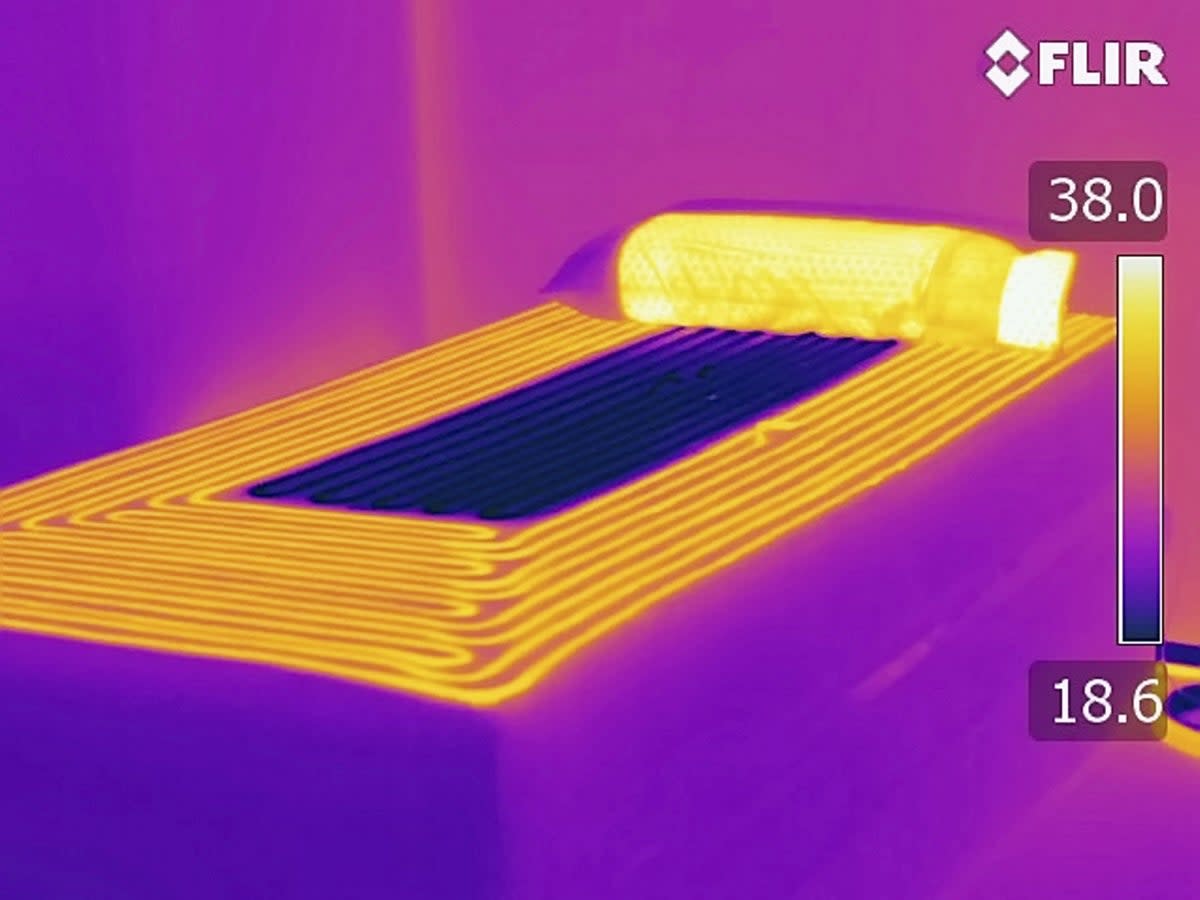New high-tech mattress ‘tricks body into falling asleep faster’, researchers find

A new high-tech mattress is able to trick people into falling asleep faster, researchers have claimed.
The innovative mattress, developed by a group of engineers at the University of Texas, Austin, works by manipulating the body’s core temperature.
Our body temperature changes according to a natural 24-hour rhythm and a lower core temperature helps to make you feel sleepy.
Although it may appear counterintuitive, the mattress lowers core temperature by warming up the neck, which helps stimulate blood flow towards the hands and feet - allowing that heat to dissipate faster.
Dr Shabab Haghayegh, who led the development of the mattress, said: “We facilitate the readiness to fall asleep by manipulating internal body temperature-sensitive sensors to briefly adjust the thermostat of the body so it thinks the temperature is higher than it actually is.”
The team reviewed two different iterations of the mattress: one that used water and another that used air to manipulate body temperature.
The mattresses were tested on 11 individuals, who were asked them to go to bed two hours earlier than usual and to use the cooling-warming functions of the mattress on some nights and other nights not.
On average, the participants fell asleep 58 per cent faster when they used the mattress’ functions compared with when they did not, despite going to bed two hours early.
And not only did it help them nod off faster, but the researchers also said it improved their quality of sleep.
The project is the latest from the lab of Professor Kenneth Diller of the Cockrell School of Engineering which seeks to find new ways of helping people sleep using heat.
In 2019 the researchers published a study that found taking a warm bath an hour or two before bed helped people fall asleep faster.
The current project, published in the Journal of Sleep Research, is similar in that it aims to lower the internal body temperature at to send the signal to go to sleep.
Professor Diller added: “It is remarkable how effective gentle warming along the cervical spine is in sending a signal to the body to increase blood flow to the hands and feet to lower the core temperature and precipitate sleep onset.
“This same effect also enables the blood pressure to fall slightly overnight, with the benefit of allowing the cardiovascular system to recover from the stress of maintaining blood flow during daily activities, which is highly important for long-term health.”

